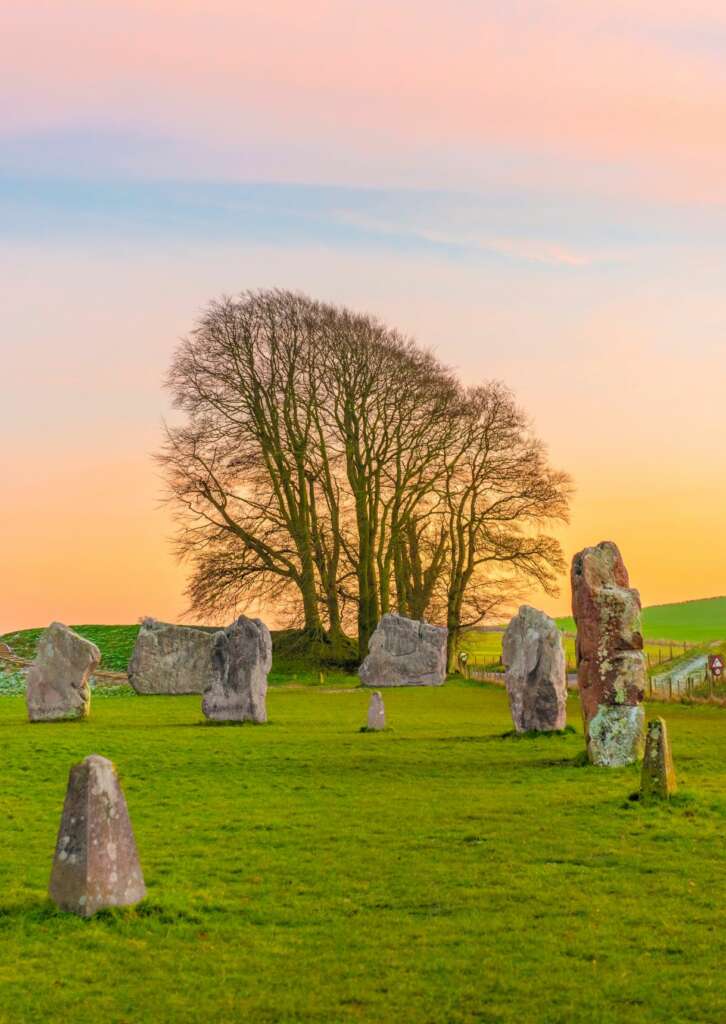“Death is always near us and always will be. It is an inseparable part of human existence. That is why it has always been and is a cause of deep consternation for all of us. Since the dawn of humanity, the human spirit has pondered death and sought an answer to its mysteries. Because questioning death is the key that opens the door to life’, Elisabeth Kübler Ross (1926-2004).

Considered the founder of psychotanatology (from the Greek θάνατος, thànatos – ‘death’, and λόγος, lògos – ‘discourse’ or ‘study’ or psychological support for the terminally ill and their loved ones) Elisabeth Kübler Ross changed the way the West treated death, introducing palliative care and providing emotional support with her well-known theory of the five stages of grief (denial, anger, negotiation, depression and acceptance). A theory that would later be extended to many other processes of loss that we may experience in our earthly life (separations, divorces, abandonment, loss of job, home…).
When we take in an animal defined as a pet, it is important to bear in mind that in general life expectancy for them in terms of years is lower than for us humans (to give some references: average life expectancy for a dog 10-13 years, for a cat 12-18, for a rabbit 9, for a canary 7-10, for a horse 25-30). This suggests that we will probably live longer and consequently also have the task of accompanying him in the last moments of his life.
To be able to do this with presence, love and dignity, it is essential to have overcome the fear of death, or at least to have made a path of awareness, impermanence and non-attachment so that we can be at his side with serenity.
Animals do not need to prepare for death, they live in the here and now and death for them is part of a natural process.
They do not need anyone to tell them what is happening and that they are dying, they realise long before the veterinary diagnosis.
We humans usually don’t even want to think about that moment. Instead, it is important to be aware and nourish the tools to help and support ourselves in this process and thus reflexively transmit serenity and presence to them, because even though death is something natural and necessary, it is still experienced as a traumatic event.
In this we can find a similarity with birth: childbirth is painful and traumatic, but without it there would not be the necessary push to be able to ‘come out’.
If little by little on our earthly path we move towards the awareness that it is only the physical body that dies, it goes without saying that the Essence transcends onto another plane: death is the liberation of the soul, and when the time comes to leave the body, the soul needs a push and consequently the transition can be intense.

This is why it is essential to accompany our animal friend in a conscious and serene manner, manifesting our state of presence as witnesses to the soul’s process of leaving the body, which becomes merely an empty vessel. Animals are also great masters in this: they show and teach us the great passage without fear, reminding us of the non-attachment and impermanence that are the foundations of life itself.
In a natural death process, the animal usually stops eating and its body begins to weaken: not ingesting food provides the weakness necessary for the Self to transcend.
Fundamental in this process is to listen to what the animal’s needs and requirements are, so as to provide it with everything it may need in these last earthly moments. If he/she has physical pain, clearly with medical support, we will provide him with what he/she will need so that he/she does not suffer.
Let us be very careful, however, about what normally happens at this stage: either we often tend towards what is known as “therapeutic obstinacy”, seconding our anxiety of loss to the expense of the animal’s real wellbeing, or our pain and our inability to witness the suffering and the passing make us choose the path of euthanasia, which is not always the best solution.
Euthanasia in itself can certainly be a good help, but it must be checked whether the animal’s wish is to be helped to die or whether he/she wants to experience the process of natural death instead. In nature, animals have this option: they can either choose a place to let go and free their souls or they can accelerate the process by performing a kind of euthanasia themselves. (e.g. by causing a fight with some other, obviously stronger, animal that will help it to leave the body).
On the other hand, so many pets are euthanised simply because this is thought to be the easiest and quickest choice, but often it is just our imposition, the result of our emotional inability to accompany him/her in a natural death process. So even in these cases heart-to-heart communication is more important than ever: it allows us to feel what he/she really wants and thus respect his choice at the end of his earthly experience.

